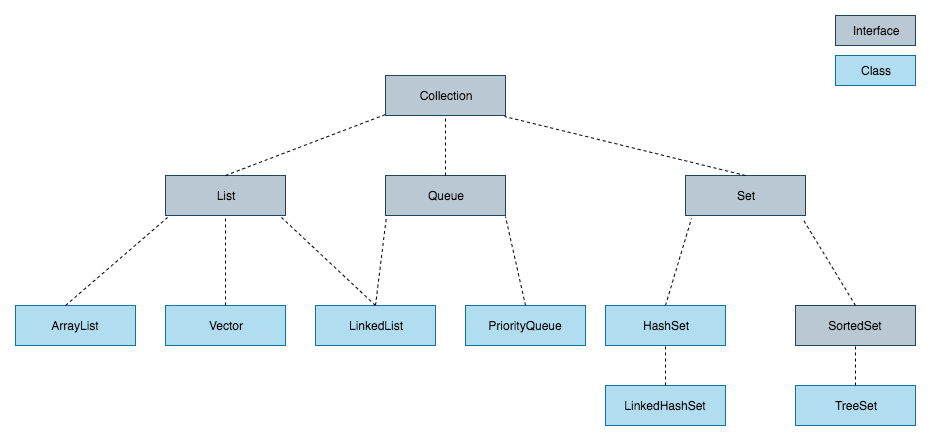

Java Linked List class uses two types of Linked list to store the elements: Syntax: Linkedlist object = new Linkedlist() Each link contains a connection to another link. Linked List : Linked List is a sequence of links which contains items. In the above code, it will return the names that we have added using add() method i.e: Jack Let us understand Array list with a programmatic example:ĪrrayList al=new ArrayList() // creating array list Trims the capacity of this ArrayList instance to be the list’s current size. Returns an array containing all the elements in the list. Return the index in this list of the last occurrence of the specified element, or -1 if the list does not contain this element. Inserts the specified element at the specified position.

Some of the methods in array list are listed below: MethodĪppends the specified element to the end of a list. Also, the size of the list is increased dynamically if the elements are added more than the initial size. Let’s go into detail on each one of them:Īrray list: ArrayList is the implementation of List Interface where the elements can be dynamically added or removed from the list. Lists are further classified into the following: It is an interface that extends the Collection interface. Let’s learn about them in detail: Java collections: ListĪ List is an ordered Collection of elements which may contain duplicates. There are three components that extend the collection interface i.e List, Queue and Sets.

Now, let us see the Java collections framework hierarchy. Next, let us move to the Java collections framework hierarchy and see where these interfaces and classes resides.Īs we have learned Java collection framework includes interfaces and classes. So why do you think we need Java collections? The Java collection framework provides the developers to access prepackaged data structures as well as algorithms to manipulate data. Algorithms are polymorphic in nature as the same method can be used to take many forms or you can say perform different implementations of the Java collection interface. Also, they form a hierarchy in object-oriented programming languages.Ĭlasses: Classes in Java are the implementation of the collection interface. It basically refers to the data structures that are used again and again.Īlgorithm: Algorithm refers to the methods which are used to perform operations such as searching and sorting, on objects that implement collection interfaces. They allow Java collections to be manipulated independently from the details of their representation. Interfaces: Interface in Java refers to the abstract data types. A Java collection framework includes the following: Let’s get started with the first topic in the Java collections blog.Ī Java collection framework provides an architecture to store and manipulate a group of objects. Now, let us move ahead in this Java collections blog, where we will understand each aspect of it in the following sequence: You can perform all operations such as searching, sorting, insertion, manipulation, deletion, etc., on Java collections just like you do it on data. What are Java collections? Java collections refer to a collection of individual objects that are represented as a single unit.


 0 kommentar(er)
0 kommentar(er)
